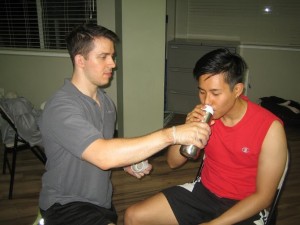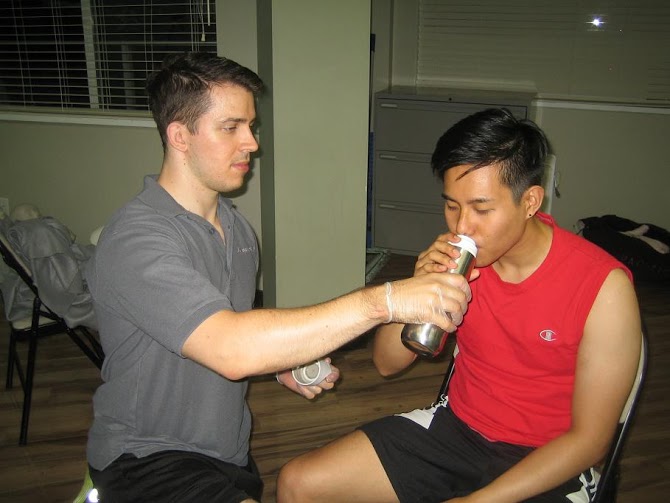Heat exhaustion is the second category of the three-part spectrum of heat-related illnesses. It begins as heat cramps, but if left untreated, it progresses to heat exhaustion, and ultimately, the most serious and life-threatening of all, heatstroke. Heat cramps occurs when the body overheats but when it does not cool down, it may lead to heat exhaustion.
When one is present in a hot environment or is engaging in physical activity, the body has to sweat and allow the sweat to evaporate. The body fluid used to create sweat requires air to circulate across the skin and low air humidity. In the absence of these two requirements, sweat will not evaporate and thus, heat-related illnesses may occur.
Risk Factors of Heat Exhaustion
Certain age groups and individuals with certain diseases can increase their likelihood of experiencing heat exhaustion. In these age groups, dehydration frequently occurs because water is lost (due to sweating) and is not replaced. On the other hand, the diseases that are mentioned weaken the temperature regulation mechanisms of the body. Risk factors include:
- Children below two years of age
- Elderly
- Diabetes
- Kidney, heart or circulation problems
Signs and Symptoms of Heat Exhaustion
The signs and symptoms of heat exhaustion are more systemic, as compared to heat cramps. The following are the common signs and symptoms of heat exhaustion:
- Severe sweating
- High body temperature (anything between 37°C (98.6°F) up to 40°C (104°F))
- Fast pulse
- Weakness
- Headaches
- Nausea and vomiting
- Muscle spasms
First Aid Management for Heat Exhaustion
Individuals who are suffering from heat exhaustion must be given first aid immediately to avoid it from developing complications. To give proper first aid for heat exhaustion, perform the following steps:

- Remove the individual from the hot weather immediately. Allow them to rest. If there is an air conditioned room nearby, bring the individual there. If there is none, look for the nearest shaded and cool area where the individual can stay until he/ she feels better.
- Assist the person in lying down. Slightly elevate the legs and feet.
- Remove any tight clothing and unnecessary jewelries
- Place ice wrapped in a towel or any piece of clothing on the neck, back and groin regions. Never apply ice directly onto the skin.
- Fan the individual to help cool the skin.
- Give the individual cool, clear fluids, such as water, fruits juices and sports drinks every 15 minutes. Avoid diuretics, such as alcohol and coffee.
- If it is possible, as the individual to take a cool shower or bath. If they are not capable, assist them into a sponge bath.
- If there are no signs of improvement after 30 minutes of giving first aid, call for emergency medical services as the condition may progress into heatstroke.
The affected individual may be more sensitive to high temperatures in the succeeding days after recovery from heat exhaustion. It is highly recommended to avoid hot weather and engaging in physical activities until the doctors approves resuming to normal activities.
Learn how to manage and avoid progression of heat exhaustion by enrolling in First Aid Courses.
Heat exhaustion is the second of the spectrum of heat-related illnesses. Its symptoms are body wide, such as severe sweating and high body temperature.
https://www.youtube.com/watch?v=isHIQsqCSic

